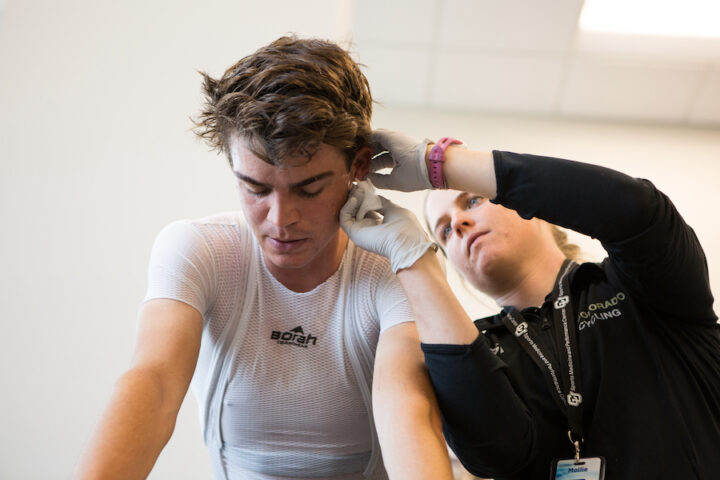
The Endurance Athlete’s Guide to VO2max and Lactate Tests
Find out all the dos and don’ts of physiological testing as we break down VO2max and lactate/ramp testing.
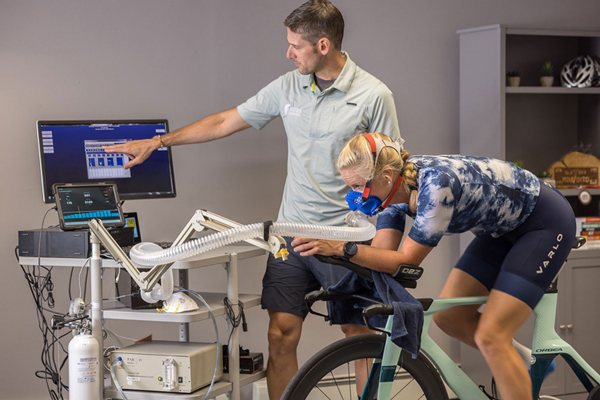
Humans aren’t machines—we’re much more complicated. Exercise physiology involves changes in the body from exercise and rest.
From anaerobic threshold to environmental acclimatization, from FTP to PGC-1 alpha, we explore the science of human performance.

Find out all the dos and don’ts of physiological testing as we break down VO2max and lactate/ramp testing.
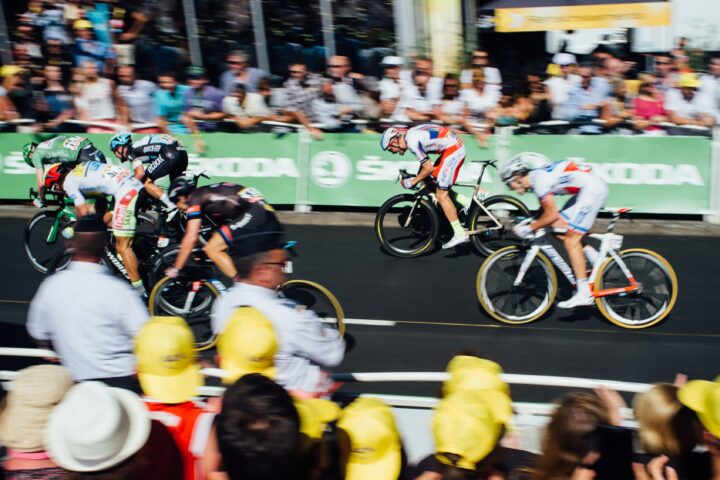
We explore the physiology of race season—how to find top-end fitness, how long it takes, and the best ways to do it.
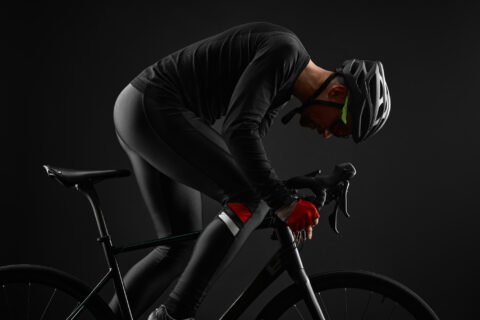
Your lactate threshold may not be what you think it is. Coach Trevor Connor explores the true definition of this physiological turn point.
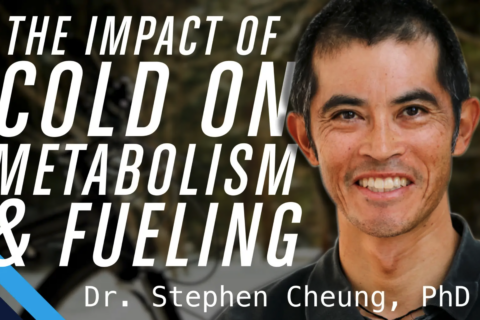
Environmental physiologist Dr. Stephen Cheung addresses whether the amount of fat and carbohydrate used for energy changes with the temperature.
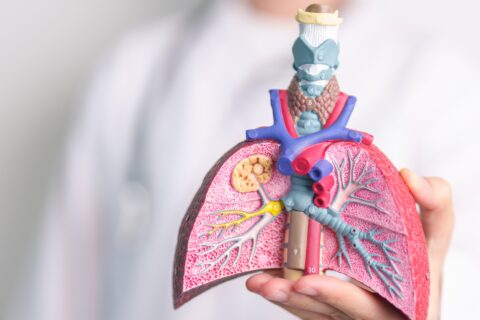
Oxygen delivery, VO2max, and breathing efficiency all shape how the respiratory system supports endurance performance.
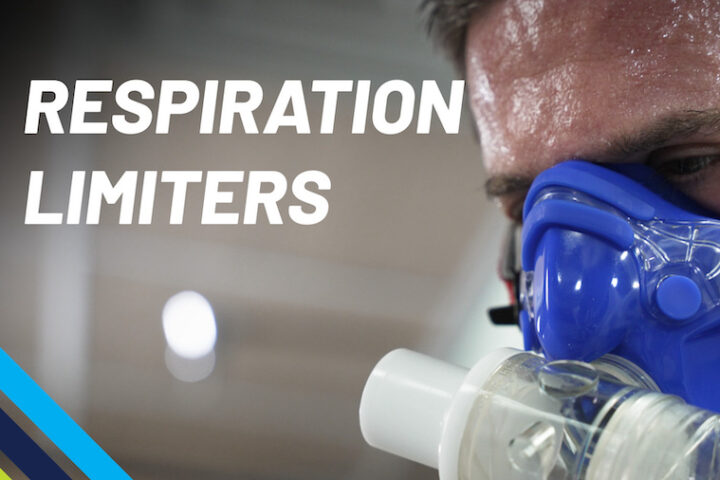
Coach Steve Neal helps athletes develop their respiratory systems to improve performance. Find out how the testing works, the limiters it exposes, and what you can do to start training your own breathing.
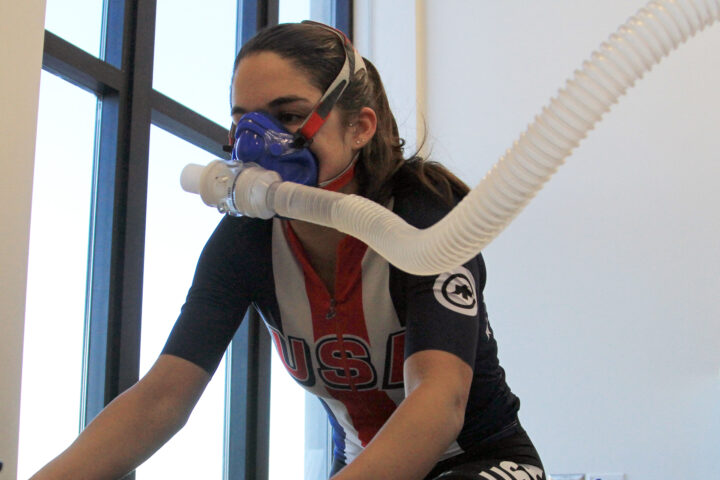
Athletes spend much of their time training their legs and heart. What about our lungs? Steve Neal breaks down the components of respiration to help explain why it could be holding you back.

Should we modify how, where, and when we train based on our potential exposure to pollutants?
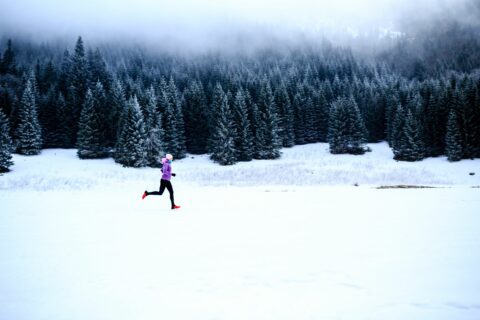
Breathing cold, dry air while training outdoors can feel painful, but does it hamper your performance? Dr. Stephen Cheung explores.